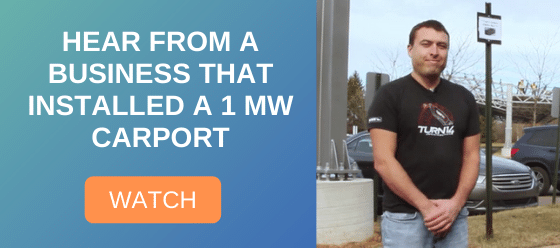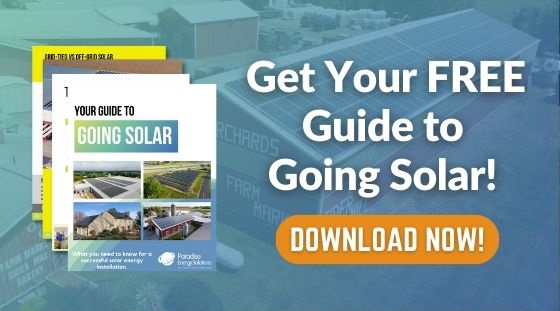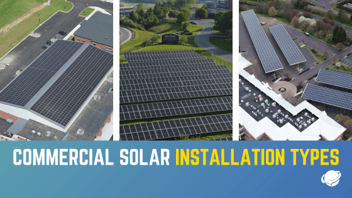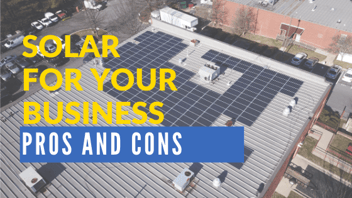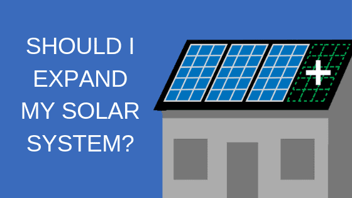Guide to Solar Carports
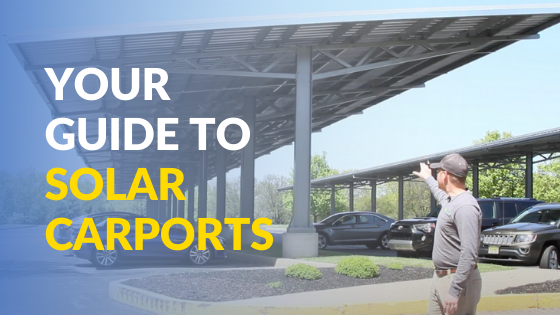
If you’re looking for covered parking ideas and you’re interested in cutting one of your biggest monthly expenses, a solar carport could be the answer.
Solar carports consist of a supporting structure that is installed over your parking spaces. Solar panels are then mounted on the roof of the structure. These solar canopies keep cars and the people walking to and from them dry during rain or snow. But they also turn an underutilized space into a money-saving machine.
The solar panels will generate free electricity by harnessing energy from the sun. Your business or home can then use that free energy to offset what you buy from the utility, greatly reducing your electricity bills.
If a solar carport sounds like a good option for your business or home, you’ll need to make a few decisions to customize your system. In this blog, we’ll go over these solar carport options so you’ll be able to assemble your perfect carport.
The Key Components of a Solar Carport
The Size of Your Carport
Determining the size of your carport will require a balance between installation cost, available space, and how much electricity you’d be able to generate. Larger carports cost more to install overall, but the cost per watt decreases with size, as some of the costs associated with the installation are fixed and won’t change with the system’s size.
You’ll also need to consider how many panels wide your carport solar arrays will be. Three solar panels stacked together cover about one row of parking. Seven solar panels installed as one carport structure can cover two rows of parking.
The best layout will depend on your parking lot and your energy needs.
Clearance: How Much Space is Below Your Solar Carport
When working with a solar installer on the design of your solar panel carport, you’ll want to think about how much space exists below the panels. The clearance of the carport structure will need to be high enough to allow vehicles and other equipment to pass freely underneath. However, if you make it too high, you could unnecessarily run up the cost of your project.
The clearance height that’s right for your property will depend on what type of vehicles you expect to park and pass below the solar canopy. Businesses that typically expect large trucks and delivery vehicles to pass underneath, should target a deck height of at least 14 feet. For businesses that typically only receive cars or small trucks, a shorter carport could be considered. However, fire trucks and ambulances may require access around the carports, and those vehicles have higher clearance requirements than a small car or truck.
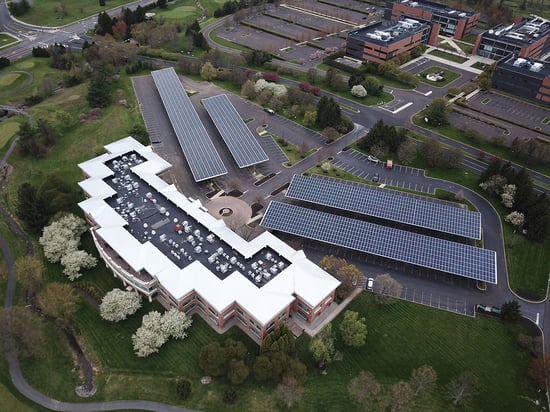
Decking: Controlling Water Runoff
A solar carport's main benefit is producing free, clean electricity for your business or home to use. But there’s a bonus: convenient covered parking.
A solar panel canopy can help shield cars and people from the elements, from the baking sun to rain and snow. However, to truly protect those underneath, you’ll need to install your carport system with decking.
Decking, which is often made of metal, is attached to the vertical beams to provide a solid roof. The solar panels are then installed on the mounting structure by attaching them to the decking. This solid layer keeps rain and water runoff from dripping on the cars and people below. However, it does come with an added cost, which could be roughly $0.20 per watt, though it will vary depending on the layout of the carport structure.
If you want to keep costs as low as possible, you can forgo the decking and install the solar panels directly to the mounting structure, much like they would be installed on a ground mount solar system. However, there will be small gaps in between the panels where water can drip through onto people and cars below. And if snow accumulates, melting snow will drip down as well.
Another option to consider is water management systems or downspouts. These items will help to divert water from the solar canopies towards the appropriate drainage site.
If your carport is located so that the water drains and falls in an area that won’t impede traffic, you may be able to forgo these. However, most medium- to large-scale carports utilize them.
Snow Guards: Preventing Snow Slides
If you live in an area of the country where snow is expected in the winter, you’ll need to think about installing snow guards on your solar carport.
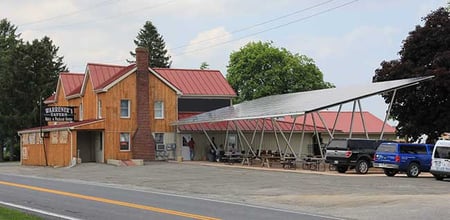 As snow falls, it accumulates on the solar panels. The longer the snow covers your panels, the less electricity they can produce. So solar panels are designed to warm up and shed this snow quickly, exposing them to sunshine. That way, there’s no need to manually clear the snow off your panels.
As snow falls, it accumulates on the solar panels. The longer the snow covers your panels, the less electricity they can produce. So solar panels are designed to warm up and shed this snow quickly, exposing them to sunshine. That way, there’s no need to manually clear the snow off your panels.
However, what’s good for your electricity bill isn’t good for the people walking underneath the carports. If the snow falls off the panels in large sheets, it could pose a hazard to anyone walking underneath.
That’s where snow guards come in. These add-ons will stop the snow from falling off in large sheets, keeping those walking or driving below safe.
Snow guards are almost always recommended in areas of the country where snowfall is possible. However, if your carport installation is located at the edge of your parking lot, and the snow falling off the panels would dump out into the grass or an area where no one could get hurt, you may be able to forgo this option.
Lighting: Keeping Things Bright
A solar carport structure is likely to render your current light posts obsolete (if they aren’t already). But it’s still important to light the way for you and those who park in your lot, and replacing existing inefficient and failing lights with new LEDs can be a nice added benefit to a carport project.
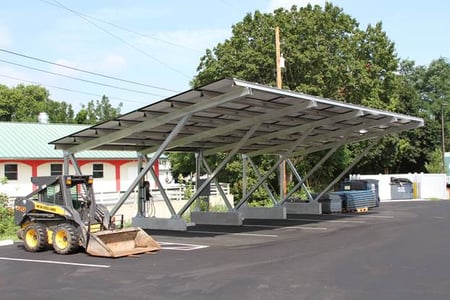 Lighting can be installed underneath the carport to keep the parking areas bright and safe. This is especially important if you install a larger solar carport system that may cover two or more rows of parking spaces.
Lighting can be installed underneath the carport to keep the parking areas bright and safe. This is especially important if you install a larger solar carport system that may cover two or more rows of parking spaces.
If you install a smaller carport that only covers one row of parking spaces, you may not need to install lights underneath.
Designing the Perfect Solar Carport
There are quite a few items to take into account when designing a solar carport.
The most important variable would be the space available for the structure. Additionally, you should have knowledge of property lines, setback requirements, and any zoning regulations in your area that would affect the project. A good contractor can help work through those requirements with the local Authority Having Jurisdiction.
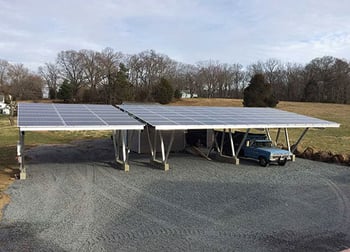 The right size for your carport will vary greatly depending on your energy needs and parking lot size. In most instances, you’ll want to install decking, downspouts, snow guards, and lighting to ensure a safe environment for you and anyone who passes under the carport. . The right clearance will change based on the type of vehicles that will require access.
The right size for your carport will vary greatly depending on your energy needs and parking lot size. In most instances, you’ll want to install decking, downspouts, snow guards, and lighting to ensure a safe environment for you and anyone who passes under the carport. . The right clearance will change based on the type of vehicles that will require access.
In addition to carport-specific options, there will also be many more decisions to make regarding other elements of your solar system. From solar panel and inverter type to energy storage and more, these factors will have an impact on how much your system costs and how much energy it generates.
We suggest teaming up with experienced and trusted solar energy professionals to ensure you create the perfect solar system for your needs.

